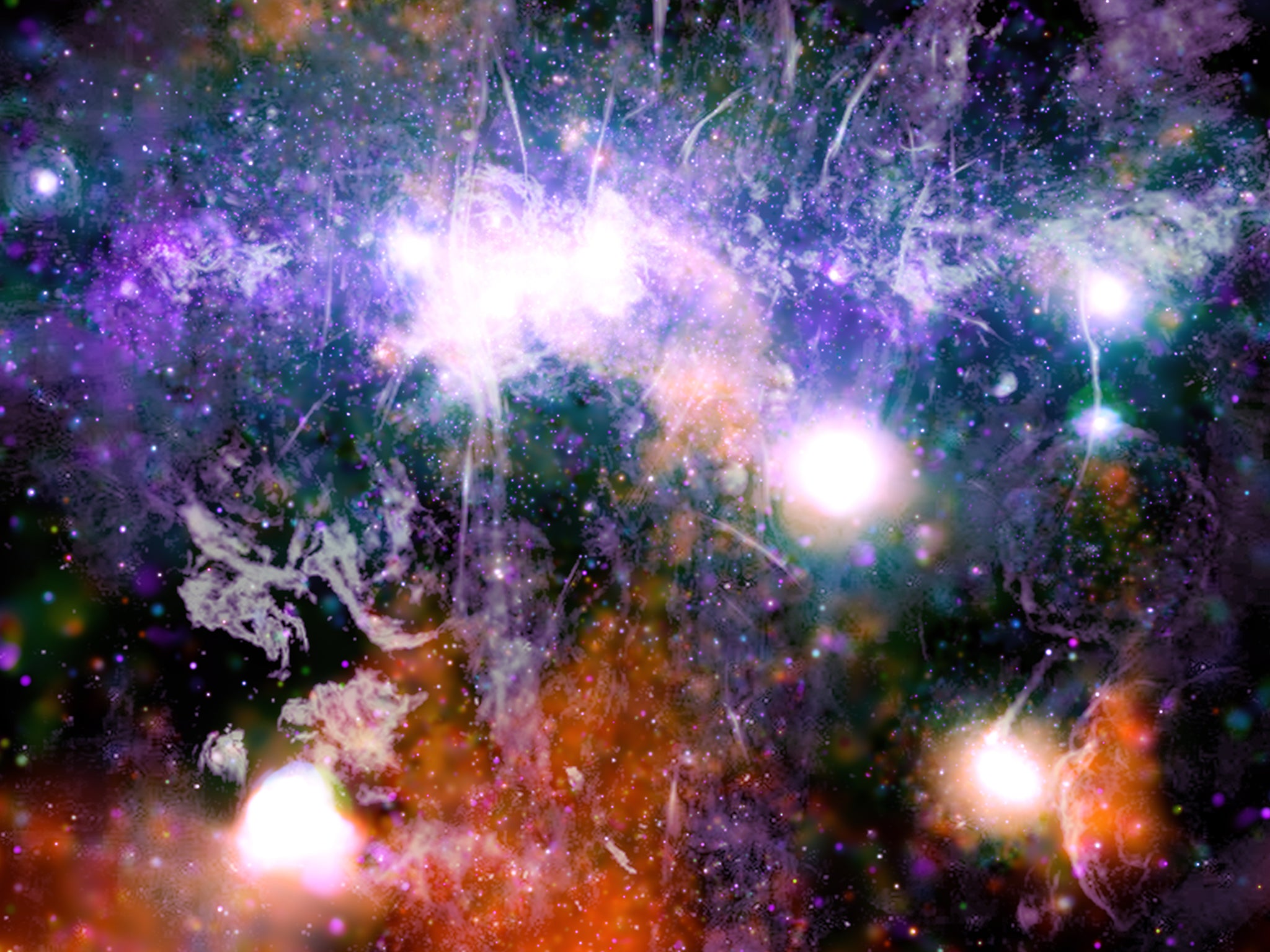Nasa releases spectacular new picture showing heart of the Milky Way
Billions of stars captured in satellite image

Your support helps us to tell the story
From reproductive rights to climate change to Big Tech, The Independent is on the ground when the story is developing. Whether it's investigating the financials of Elon Musk's pro-Trump PAC or producing our latest documentary, 'The A Word', which shines a light on the American women fighting for reproductive rights, we know how important it is to parse out the facts from the messaging.
At such a critical moment in US history, we need reporters on the ground. Your donation allows us to keep sending journalists to speak to both sides of the story.
The Independent is trusted by Americans across the entire political spectrum. And unlike many other quality news outlets, we choose not to lock Americans out of our reporting and analysis with paywalls. We believe quality journalism should be available to everyone, paid for by those who can afford it.
Your support makes all the difference.Nasa has released an extraordinary new picture showing the explosive energy at the heart of the Milky Way.
The picture is composed of 370 images taken over the past two decades by the Chandra X-ray Observatory, which orbits Earth around 86,500 miles away.
Billions of stars and countless black holes are depicted in the image, and Nasa said astronomers have used it as reference for a new study of galactic space weather.
Daniel Wang, astronomer at the University of Massachusetts Amherst, said on Friday he spent a year working on the image while stuck at home during the pandemic.
"What we see in the picture is a violent or energetic ecosystem in our galaxy's downtown," Wang said.
"There are a lot of supernova remnants, black holes, and neutron stars there. Each X-ray dot or feature represents an energetic source, most of which are in the center."
Mr Wang used the photo for the basis of a new study, which Nasa said increases our understanding of galactic space weather in the high-energy region. His study appears in the June issue of the Monthly Notices of the Royal Astronomical Society.
Chandra, which was launched in 1999, was designed to monitor X-ray emissions in high-energy regions of the universe.
Many of the most incredible pictures from outer space in recent years were taken by the satellite, which is operated by the Smithsonian's Astrophysical Observatory in Massachusetts.
Additional reporting by agencies
Join our commenting forum
Join thought-provoking conversations, follow other Independent readers and see their replies
Comments